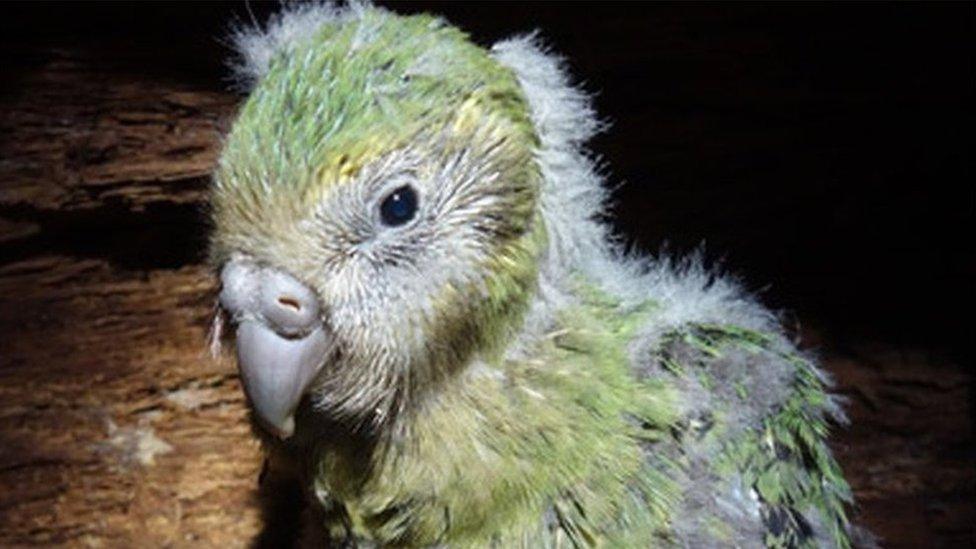NZ's war on stoats, rats and possums
- Published
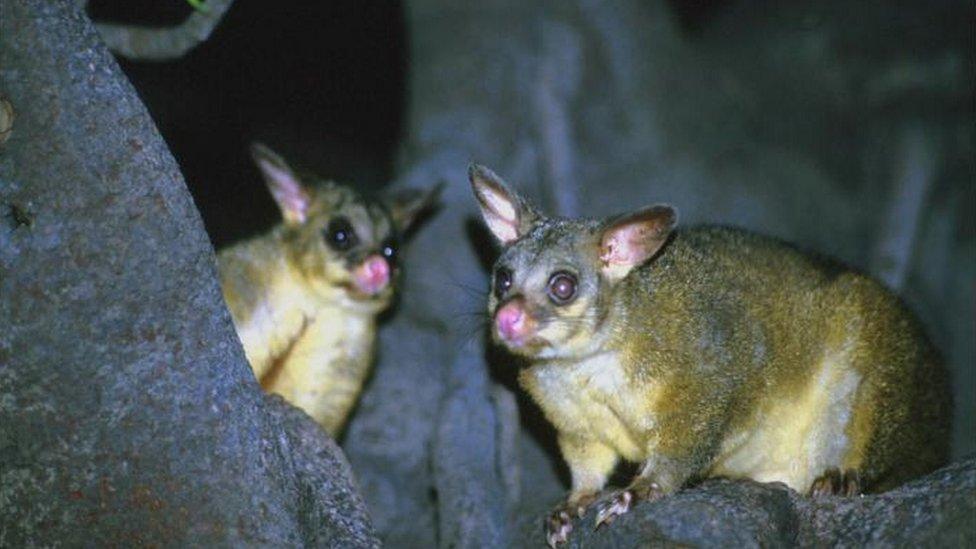
Possums were introduced to New Zealand in 1837 to establish a fur trade, but their days may be numbered
It is New Zealand's equivalent to walking on the Moon: a bold plan to rid the country of non-native predators within 35 years.
Three main imported and unwanted offenders have been identified:
stoats
rats
possums
Also in the government's cross-hairs are:
ferrets
weasels
mice
hedgehogs
"We have announced the predator-free New Zealand 2050 goal because we have no choice," Maggie Barry, the minister of conservation, told the BBC.
"If we delay, the problem will only get worse.
"More than 2,000 species are at risk because of these predators.
New Zealand's plan to save the kiwi
"The issue is particularly serious around possums.
"They spread bovine tuberculosis to both cattle and deer."
At a research facility at Lincoln University, near Christchurch, I come face to face with a cantankerous stoat.
He (or she) is in a large cage and, baring a mouthful of needle-sharp teeth, pokes its head out from a piece of industrial plastic piping.
It repeatedly shrieks in defiance at the intrusion, and this is part of the problem.
These aggressive animals, which climb, swim and kill indiscriminately, do not seem to be scared of anything or anyone.
Dr Elaine Murphy and her team are working on new techniques to catch and destroy these types of pests as humanely as possible.
There is a state-of-the art two-hectare (five-acre) enclosure - call it a fortified prison yard for predators - where they are let loose and their behaviour analysed, while lures, traps and deterrents are tested.
Dr Murphy demonstrates how rats and stoats are enticed into a box-like tunnel, where a weight-trigger sprays poison on to their stomachs.
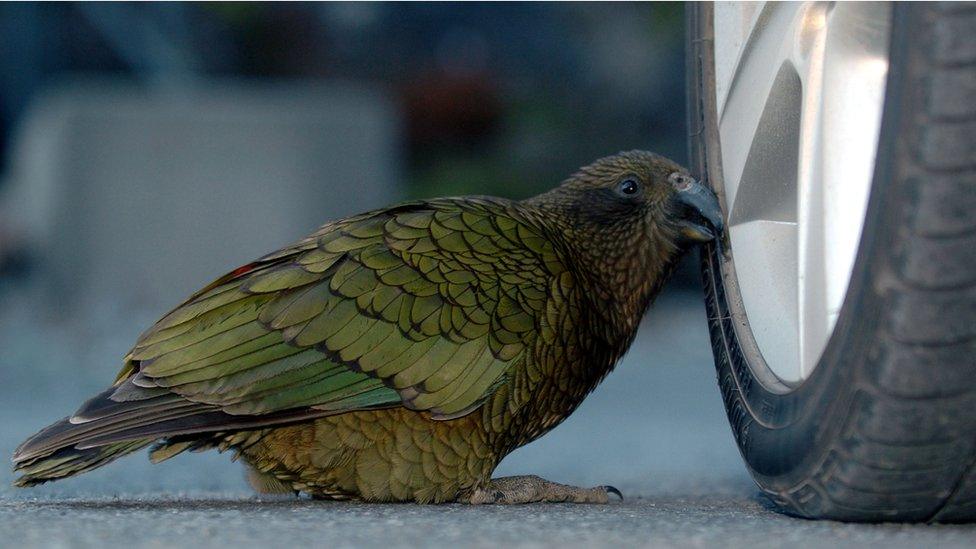
Conservationists are concerned about a drop in the number of the famously inquisitive kea bird
Toxins, including aerial drops in larger, more remote regions, will play a part in the eradication process, but researchers insist that other scientific solutions will be needed.
"I know it worries people, but I think without some sort of biological control we won't really get there - not for eradication," says Dr Murphy, who believes genetic advances could also be pivotal.
"You would be just manipulating slightly the DNA in the pest species, so perhaps you could make it that stoats only gave birth to males not females.
"A technique like that could be really good."
New Zealand has been at war with invasive animals for decades, yet still unseen millions of furry invaders wreak further damage.
The government in Wellington is helping to pay for a new company that will oversee its predator-free ambitions.
The work of community groups will also be essential to this nationwide cleansing operation.
Near the South Island city of Nelson is one of the biggest predator-free enclosures in New Zealand.
A 14.5km (nine-mile) fence surrounds 700 hectares of forested hills that sweep down towards a fast-moving stream
The meshed barrier, which winds up and down this undulating landscape, is almost 2m (6ft 6in) high to keep out jumpers, such as deer and goats, with a flared wire skirt underground to prevent incursion by burrowers.
On its crown, sits a smooth roll of steel to deter climbers, including rats, cats and stoats.
Next winter, an all-out assault against pests inside this fortress begins with aerial drops of the brodifacoum toxin.
The head of the Brook Waimarama Sanctuary, Dr David Butler, tells me iconic flightless bird species will be re-introduced, bringing back a melodic chorus not heard in these parts for years.

After years of conservation work, 2016 has seen a bumper crop of kakapo chicks
"Birds like kakapo and kiwi would have been here in the past," he says.
"We are looking at bringing back kiwi quite soon, and kakapo are making great strides with a very productive breeding season, so in time, we hope to have the hills whistling with kiwi and booming with kakapo again."
Conservationists concede that New Zealand's predator-free plan is audacious.
Hudson Dodd, the general manager of the Brook Waimarama Sanctuary, likens it to the Apollo 11 mission almost half a century ago.
"I am an American immigrant to New Zealand, and it reminds me of John F Kennedy saying, 'We're going to put a man on the Moon by the end of the decade,'" he says.
"When Kennedy said that, there was no plan on how that was going to be achieved. That is really the same situation here.
"There is no plan about how to make New Zealand predator-free by 2050, but there are a lot of good ideas and a lot of community groups out there doing the hard work to try to bring us closer to that vision."
New Zealand covers an area of 268,000 sq km (103,475 sq miles), similar to that of the United Kingdom.
So far, 150 offshore islands have been declared free of predators, following exhaustive work by scientists and volunteers.
Doing the same across an entire country, with its mountain ranges, farmland, rivers and coastal areas, as well as towns and cities might seem like an endless task.
Not so, according to Nicola Toki, the department of conservation's threatened species ambassador.
"We were the first country to give women the vote, we were the first to get up Mount Everest," she says.
"This is just another one of those goals that we have kind of looked at and said, 'Absolutely, we can do it.'
"And in all seriousness, the science tells us we can."
New Zealand has 35 years to do it, and the clock is ticking.
- Published3 October 2016
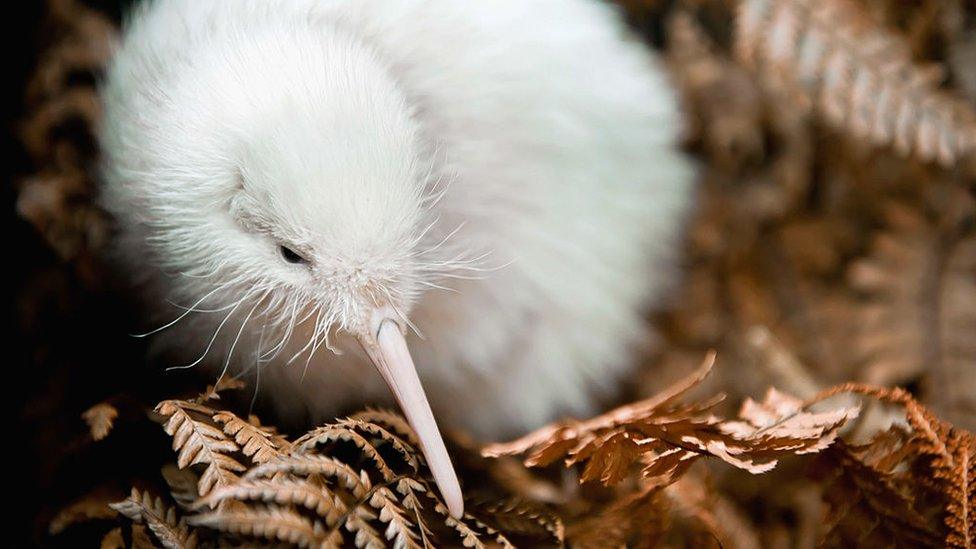
- Published15 September 2016
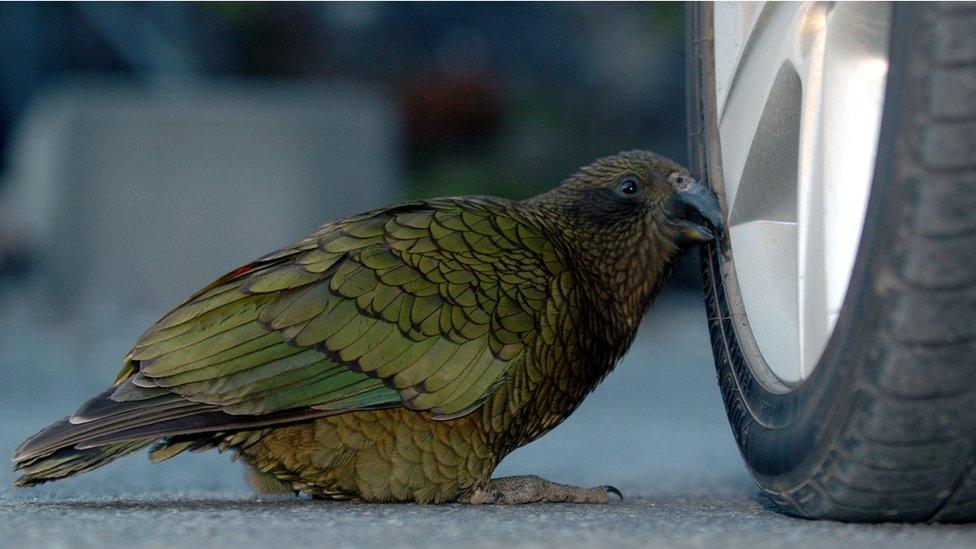
- Published25 July 2016

- Published15 July 2016
